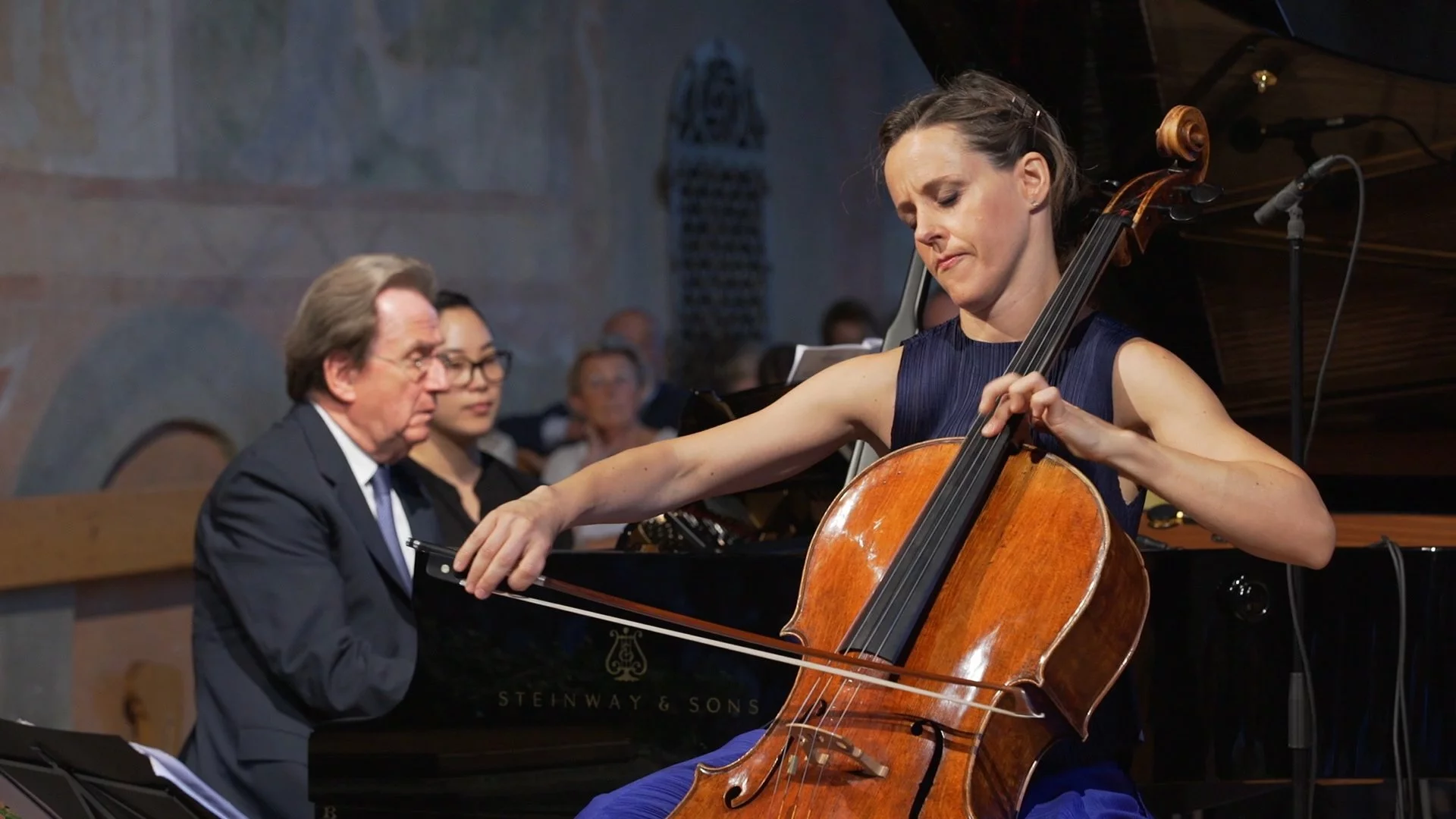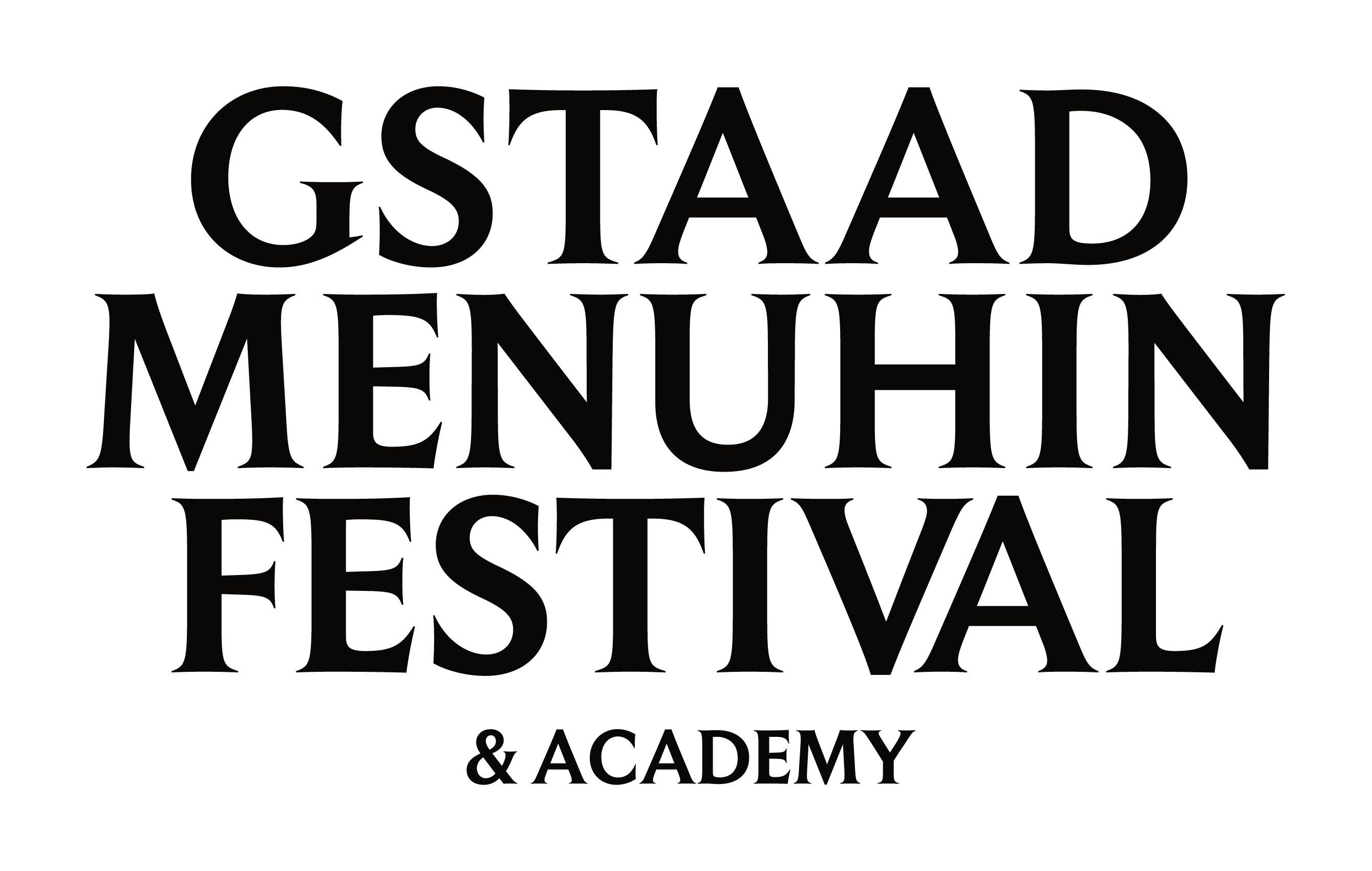A sonatina by Schubert
Sol Gabetta, Violoncello
Rudolf Buchbinder, Klavier
Franz Schubert (1797-1828)
Sonatina D-major op. posth. D 137/384 (version for cello)
Allegro molto
Andante
Allegro vivace
Recorded 27th July 2018.
Schubert, Sol Gabetta and Rudolf Buchbinder
After hearing a Schubert interpretation by Sol Gabetta, one can never get enough of it. Following her performance of the second sonata with Christian Zacharias in 2014, and the third and fifth sonatas with Nelson Goerner in 2016, the Argentinian artist takes up a dialogue this year with another brilliant pianist, Rudolf Buchbinder, a representative of the great Viennese tradition as passed on to him by his teacher Bruno Seidlhofer.
Schubert as Mozart and Beethoven’s successor
The three Sonatas for violin and piano are unjustly viewed as the lesser works by Schubert. Even if they may lack the intensity of the later pieces for violin and piano, a clear sense for a melody line is evident and can thus be seen as pieces that follow Mozart and Beethoven.
Unknown composition history
The circumstances under which the sonatas were written are unknown, although the timeline is clear. Schubert wrote the sonata between March and April 1816. At this point in time Schubert had not yet reached his 20thbirthday. The sonatas were most likely meant for a collection publication, but they were only published by Diabelli in 1836 after Schubert’s untimely death. Schubert played the violin and viola from an early age on, but did not accord these instruments their rightful place in his oeuvre. Sol Gabetta and Rudolf Buchbinder play the Sonatina in D-Major in a version for cello and piano.
In recognition of her outstanding artistic activities, Sol Gabetta received the Herbert von Karajan Prize at the Osterfestpiele Salzburg 2018, where she gave concerts with Staatskapelle Dresden and Christian Thielemann, as well as several chamber music concerts. A few recent milestones in Sol Gabetta’s career include celebrated debuts with the Berlin Philharmonic and Sir Simon Rattle at the Osterfestspiele in Baden Baden and a debut at the Mostly MozartFestival in New York and the Opening Night of the BBC Proms in the Royal Albert Hall London.



